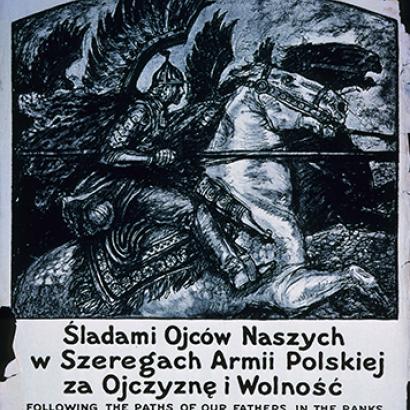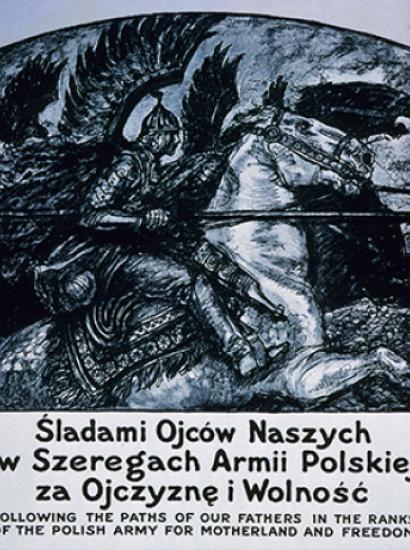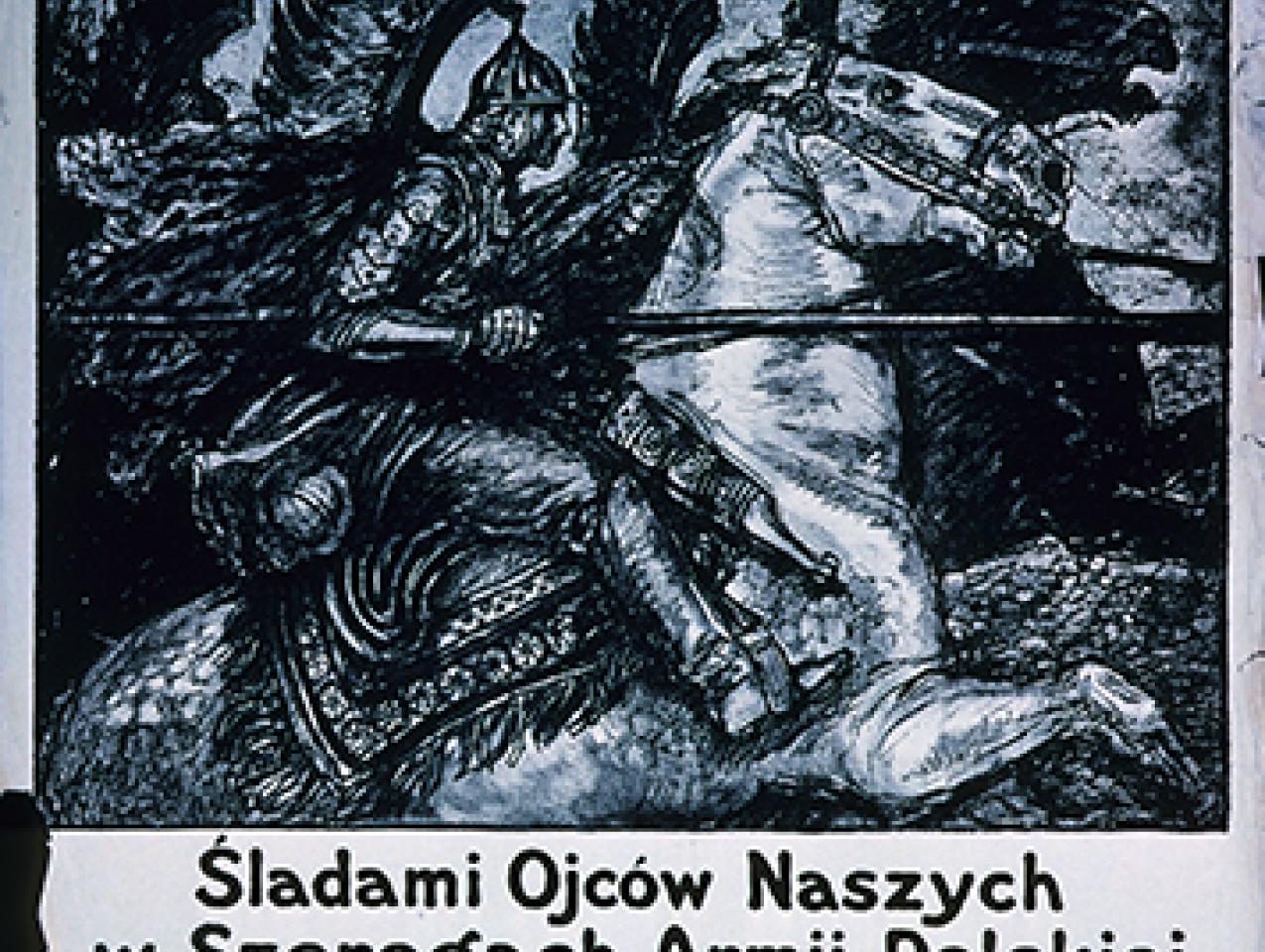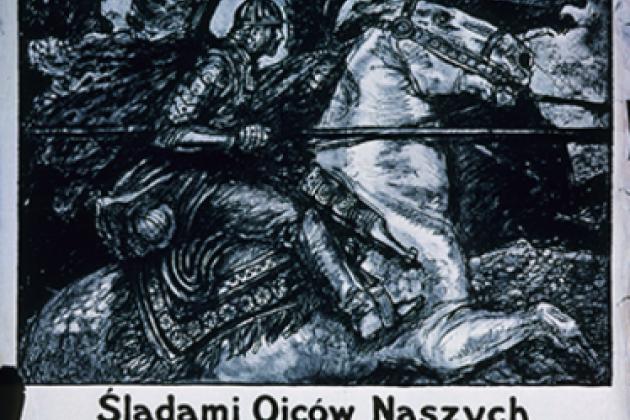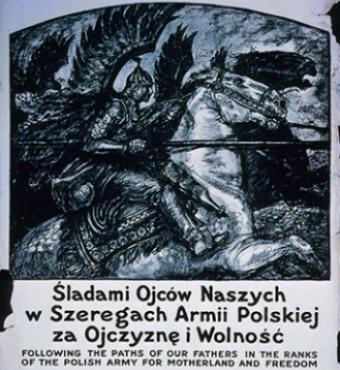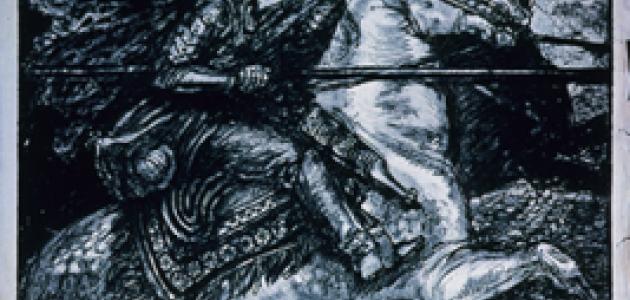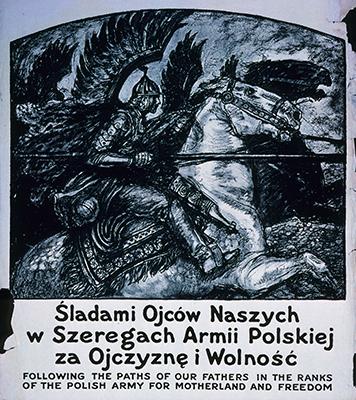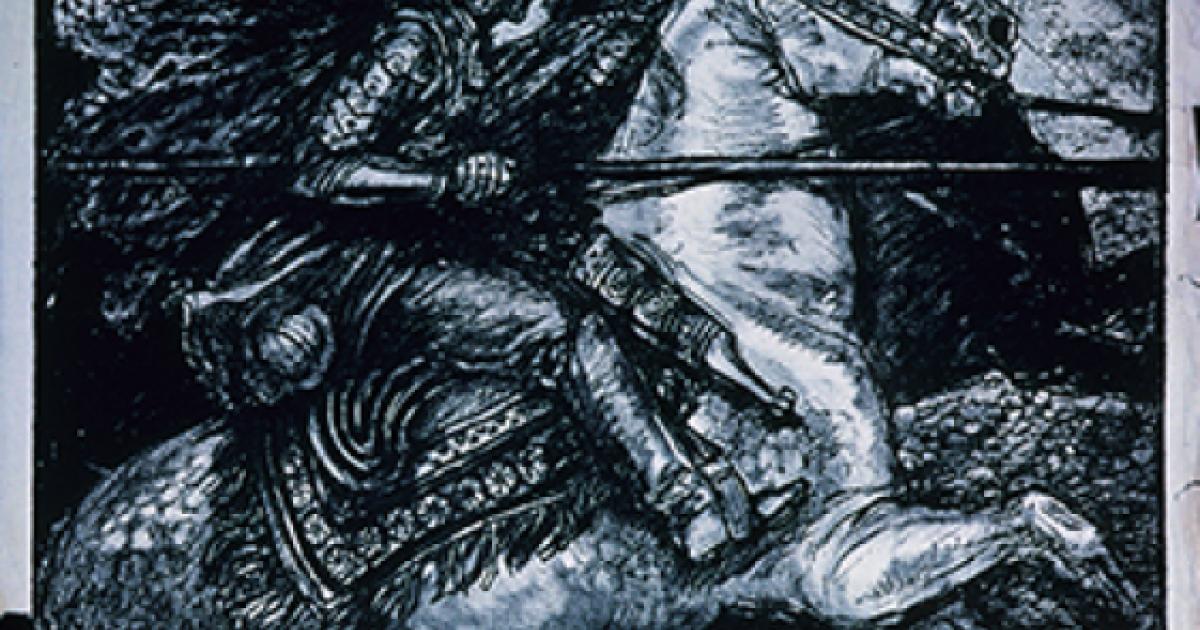- History
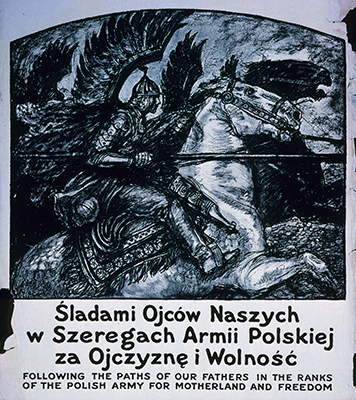
On August 6, 1682, the Ottoman Empire, at the height of its power, declared war on the Holy Roman Empire. Muslim domination of Europe extended from the Balkans northward through Hungary and reached into Poland. Westward, only Habsburg Vienna barred the way. Louis XIV, for his own reasons, preferred dealing with the Ottomans rather than with the Habsburgs. Were the Muslims to have been victorious, they might have ruled from the Mediterranean to the Baltic.
The following year, as spring turned to summer and some 300,000 Ottoman soldiers moved Northwest, while the Holy League’s forces withdrew from Vienna, as did those of the Duke of Lorraine. The city was left with only 15,000 soldiers, some 8,000 volunteers, but sound walls and some 300 cannon. At the darkest moment, Poland’s King Jan Sobieski decided to assemble all his forces, leave Poland/Lithuania undefended, and ride to rescue the Christian cause. His decision caused the Imperial army as well as that of the Duke of Lorraine to turn around and join the fight. On August 15, 1683, after a Mass dedicating his army to the Virgin Mary, Sobieski left Krakow for Vienna.
The Ottoman siege of Vienna had started a month earlier. Because the Christians’ abundant artillery made it impossible to rush the walls, the Ottomans built networks of trenches, from the closest of which they dug under the walls and emplaced explosives. Counter-mining neutralized them. The battle settled down to contests for Vienna’s suburbs. The struggle cost the Christian defenders half their number. But it tired the Muslims. They knew Sobieski was coming, and tried to win before he arrived. They didn’t make it. By the time Sobieski charged on September 12, the Muslims were already getting the worst of it.
Sobieski led his 16,000 Polish-Lithuanian cavalrymen out of the forested hill overlooking the battle and blessed them. Each horseman, carrying a lance, a saber, and two pistols, was a high-tech seventeenth-century killing machine. The horses and men shattered the Ottoman lines. In less than three hours, the charge killed some 15,000 Muslims and captured another 4,000. Only darkness stopped the slaughter. Sobieski put a Christian gloss on Julius Caesar: “veni, vidi, Deus vincit.”
The Ottoman Empire never recovered from the loss. Hungary was quickly rid of Muslims. Within three years, Belgrade itself had come under the Habsburg empire. The Ottoman empire came to be known as “the sick man of Europe.”
For present and future reference, let us be clear about what happened. The Ottoman Empire had assembled a formidable force entirely adequate to its purpose—so much so that the Christian world gave up opposing it. The possibility of change occurred only after one man, Sobieski, decided to throw everything he had into the battle. Enthusiasm is infectious, and Sobieski’s enthusiasm infected enough of the Christian forces to conduct a serious and possibly sufficient defense. At the crucial moment, his formidably armed and motivated shock-force turned the battle into a rout. Sobieski’s decision to fight with everything he had, not his cavalry charge, made the difference.
In our time, King Théoden of Rohan’s cavalry charge at the Battle of the Pelennor Fields in the movie The Return of the King seems a dramatization of Sobieski’s feat.







